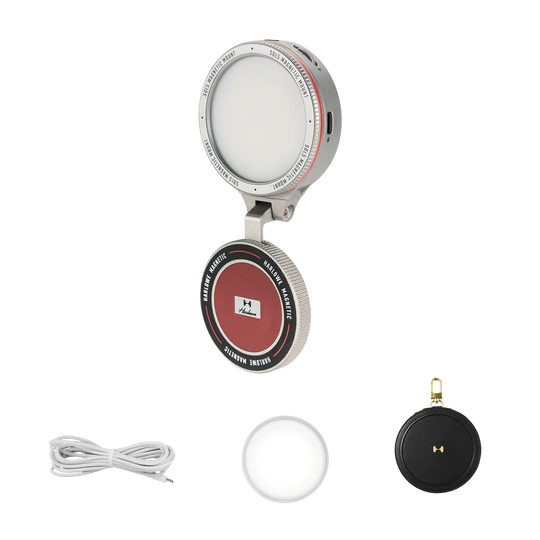Transform Your Content Creation with These Must-Have Lighting Secrets!
Lighting is an essential element of content creation that can significantly impact the quality of your videos and the engagement of your audience. Whether you're a vlogger sharing your daily life, a streamer connecting with viewers in real-time, or a photographer capturing stunning visuals, the right lighting can make all the difference. Good lighting not only enhances the aesthetic appeal of your content but also helps convey emotions and messages more effectively. In this article, we aim to provide you with valuable lighting tips and equipment recommendations tailored for content creators, ensuring you have the tools necessary to elevate your craft.

Understanding the Basics of Lighting
To create compelling content, you must first understand the fundamental concepts of lighting. Key terms such as soft light and hard light are crucial; soft light creates a gentle and flattering effect, while hard light can produce stark shadows and highlights. Additionally, color temperature refers to the warmth or coolness of the light and is measured in Kelvin. Understanding lighting direction is equally important as it determines how shadows fall and how subjects are highlighted. For instance, front lighting can minimize shadows, while side lighting adds depth and dimension. Mastering these basic concepts will allow you to manipulate light to achieve the desired look and feel for your content.
Types of Lighting Equipment for Content Creation
When it comes to lighting equipment, there are several options available to content creators. LED panels are popular for their versatility and energy efficiency, providing adjustable brightness and color temperature. Ring lights are favorites among beauty and lifestyle creators, offering a flattering, even light that highlights features beautifully. Softboxes are excellent for diffusing light and reducing harsh shadows, making them ideal for interviews and studio setups. Finally, natural light is a fantastic free resource; positioning your setup near windows can yield stunning results. Each type of lighting equipment has its pros and cons, so understanding these differences will help you make informed decisions based on your specific needs.
Lighting Techniques for Different Content Types
Different types of content require tailored lighting techniques. For live streaming, achieving a well-lit, distraction-free background is essential; consider using softboxes or LED panels to evenly illuminate your face. In video production, the three-point lighting technique—using key, fill, and back lights—can create depth and dimension, making your videos more visually interesting. When photographing products, using a light tent can help diffuse harsh light, ensuring that your images are clear and vibrant. For tutorials, consider using a combination of natural light and artificial sources to achieve a balanced look. Each technique enhances the quality of your content, so experimenting with various setups is key.
Creating the Perfect Lighting Setup at Home
Setting up an effective lighting environment at home doesn't have to break the bank. Start by positioning your lights strategically; for instance, place your key light in front of you at a 45-degree angle to create a flattering effect. Using reflectors can help bounce light back onto your subject, minimizing shadows and enhancing brightness. Additionally, balancing ambient light with artificial sources is crucial; consider turning off overhead lights that may introduce unwanted color casts. For beginners, using a simple setup with a ring light and a few strategically placed reflectors can yield professional results without a hefty investment. Experiment with different angles and light intensities until you find the setup that works best for your content style.
Enhancing Your Content with Proper Lighting
In conclusion, mastering lighting techniques and investing in the right lighting equipment are vital steps for any content creator looking to enhance their work. By understanding the basics of lighting, exploring various equipment options, and implementing tailored techniques for different content types, you can dramatically improve the quality of your videos and photos. Remember, lighting is not just a technical aspect; it's an art form that can elevate your content to new heights. So, don’t hesitate to experiment with different lighting setups and techniques until you discover what resonates best with your unique style and audience.













